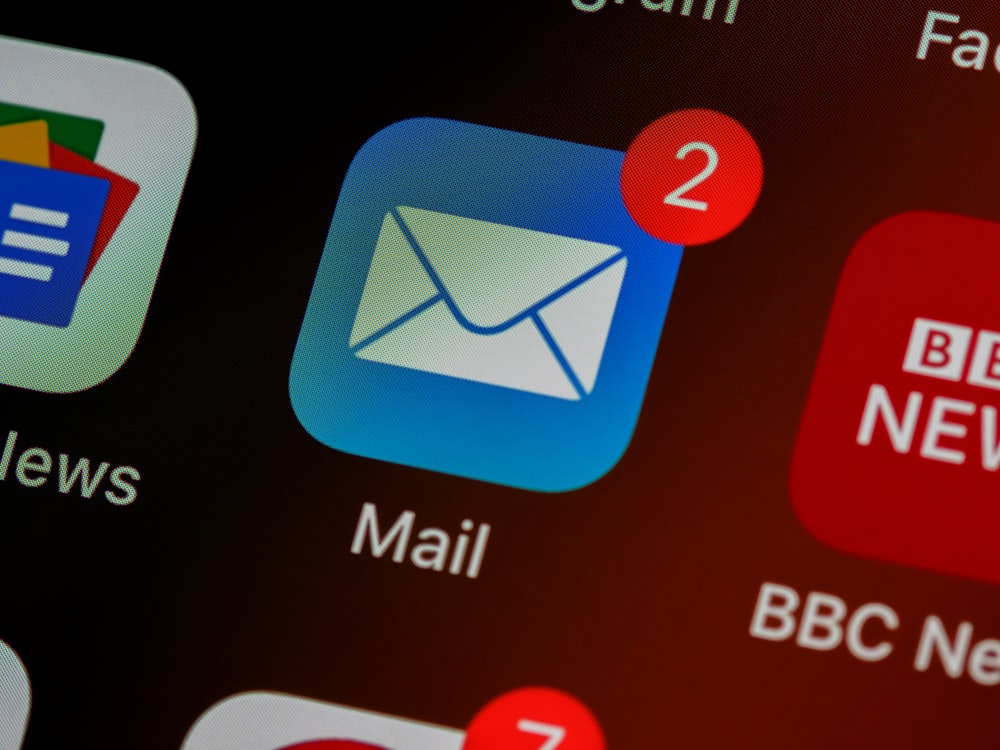List Hygiene: The Clean Database Approach to Deliverability Success
In email marketing, the quality of your list often matters more than the quality of your content. While compelling subject lines and valuable offers are essential, they can’t overcome the deliverability challenges created by poor list hygiene. A clean, well-maintained email database isn’t just good practice—it’s the foundation of sustainable deliverability and program growth.

Regular list hygiene practices—including bounce management, engagement-based segmentation, and strategic sunsetting of inactive contacts—can improve deliverability by 15-30% while reducing costs and increasing campaign effectiveness. Email lists typically degrade by 25-30% annually without proper maintenance.
The Hidden Costs of Poor List Hygiene
An unclean email list generates both obvious and hidden costs that directly impact your program’s performance and ROI:
Deliverability Impact
Poor list hygiene decreases inbox placement in multiple ways:
- Higher bounce rates trigger ISP filtering systems
- Reduced engagement metrics lower your sender reputation
- Spam traps and honeypots can lead to blocklisting
- Complainers and unsubscribes negatively impact domain reputation
Financial Impact
Beyond deliverability, unclean lists create real financial costs:
- Wasted sending costs on undeliverable or uninterested recipients
- Inflated ESP fees based on database size rather than active contacts
- Decreased conversion rates due to lower inbox placement
- Remediation costs when addressing blocklisting or reputation issues
Data shows that organizations practicing regular list hygiene experience up to 33% higher ROI on their email marketing programs compared to those with neglected databases.
Essential List Hygiene Practices for Improved Deliverability
Implementing these core list maintenance practices will significantly improve deliverability performance:
1. Proactive Bounce Management
Bounces fall into two critical categories, each requiring different handling:
Hard Bounces
These permanent delivery failures require immediate action:
- Remove hard-bouncing addresses from your database immediately
- Investigate patterns of hard bounces for potential systemic issues
- Implement real-time suppression to prevent repeat sending
Soft Bounces
These temporary failures require monitoring:
- Implement a threshold system (e.g., suppress after 3 consecutive soft bounces)
- Track soft bounce patterns by domain to identify potential blocklisting
- Create a re-entry plan for addresses that return to active status
While most ESPs handle bounce processing automatically, review your platform's specific bounce management settings to ensure they align with deliverability best practices—many default settings are too lenient.
2. Engagement-Based Segmentation and Sunset Policies
Not all active subscribers are created equal. Implementing engagement-based segmentation creates a foundation for both improved deliverability and more relevant marketing:
Define Engagement Tiers
Create a tiered system to segment subscribers based on recency of engagement:
- Highly engaged: Opened or clicked within 30 days
- Engaged: Opened or clicked within 90 days
- Declining: Opened or clicked 90-180 days ago
- At-risk: Opened or clicked 180-365 days ago
- Inactive: No opens or clicks in over 365 days

Implement a Strategic Sunset Policy
Create a systematic approach to handling declining engagement:
- Adjust sending frequency for declining engagement segments
- Deploy targeted re-engagement campaigns for at-risk subscribers
- Suppress or remove inactive subscribers after failed re-engagement
"We miss you! Here's 20% off your next purchase"
"Is this the end? Last chance to stay subscribed"
"Before we say goodbye: Confirm your subscription"
Send 2-3 re-engagement messages spaced 7-10 days apart before making a final decision to suppress or remove a contact
Include a compelling, exclusive offer in your final re-engagement attempt to maximize response rates
Link to a preference center allowing subscribers to update interests and frequency rather than unsubscribing completely
3. Spam Complaint and Unsubscribe Processing
How you handle negative feedback significantly impacts your deliverability:
Spam Complaints
Implement these practices to minimize the damage from spam complaints:
- Process complaints in real-time rather than in batches
- Remove complainers immediately from all marketing communications
- Register for feedback loops (FBLs) with all available ISPs
- Investigate complaint spikes to identify potential trigger issues
Unsubscribe Management
Optimize your unsubscribe process with these approaches:
- Implement one-click unsubscribe functionality
- Process unsubscribe requests immediately (within 24 hours maximum)
- Consider offering subscription preferences as an alternative
- Track unsubscribe rates by campaign type and content for insights
4. Spam Trap Monitoring and Prevention
Spam traps are email addresses designed to identify senders with poor list hygiene:
Types of Spam Traps
- Pristine traps: Addresses never opted in but receive email
- Recycled traps: Previously valid addresses converted to traps after abandonment
- Typo traps: Common misspellings of domains (e.g., gmial.com, yaho.com)
Prevention Strategies
Protect yourself from spam traps with these approaches:
- Implement double opt-in for all new subscribers
- Regularly clean inactive subscribers (recycled traps often come from long-inactive addresses)
- Use email validation services on sign-up forms
- Monitor inbox placement at major trap networks through seed list testing
A single spam trap hit can reduce your inbox placement rates by 10-20% at affected providers. Multiple hits to the same trap network can lead to complete blocking or blacklisting that affects all your email programs.
Creating a Systematic Hygiene Calendar
List hygiene isn’t a one-time project but an ongoing process. Implement this calendar to maintain consistent list quality:
Daily Tasks
- Process hard bounces and spam complaints
- Monitor deliverability metrics for sudden changes
- Update suppression lists across all sending platforms
Weekly Tasks
- Review soft bounce trends and patterns
- Analyze engagement metrics by domain and campaign
- Check blacklist monitoring tools for potential listings
Monthly Tasks
- Deep-dive into engagement trends and segment performance
- Execute re-engagement campaigns for at-risk subscribers
- Validate authentication (SPF, DKIM, DMARC) is working correctly
Quarterly Tasks
- Perform full database cleaning and validation
- Sunset persistently inactive subscribers
- Conduct deliverability tests across major ISPs
- Review and update list acquisition sources based on quality metrics

Advanced List Hygiene Techniques
Once you’ve mastered the essentials, implement these advanced techniques for further improvements:
Email Validation Services
Third-party validation services like ZeroBounce, NeverBounce, or BriteVerify can:
- Identify invalid email syntax
- Check domain validity and mail server existence
- Flag known complainers and high-risk addresses
- Detect disposable email addresses and potential spam traps
Behavioral Engagement Scoring
Move beyond simple open and click tracking to create sophisticated engagement models:
- Assign point values to different engagement types (click > open > website visit)
- Create time-decay models where recent activity counts more than older activity
- Factor in purchase history and customer value
- Develop custom thresholds for different audience segments
Preference Centers and Progressive Profiling
Give subscribers control over their experience:
- Allow selection of content topics and interests
- Offer frequency options beyond all-or-nothing
- Implement progressive profiling to gather additional data over time
- Use preferences to deliver more relevant content
When implementing a preference center, pre-select the subscriber's current settings rather than requiring them to rebuild their preferences from scratch. This small UX detail significantly increases completion rates.
Measuring the Impact of Your List Hygiene Efforts
Track these key metrics to quantify the impact of your list hygiene initiatives:
Deliverability Metrics
- Inbox placement rate: Percentage of emails reaching the inbox vs. spam folder
- Bounce rate: Both hard and soft bounces as a percentage of sends
- Complaint rate: Number of spam complaints per emails delivered
- Blocklist occurrences: Frequency and duration of any blocklist appearances
Engagement Metrics
- Open rate: Percentage of delivered emails that are opened
- Click-through rate: Percentage of delivered emails that receive clicks
- Click-to-open rate: Percentage of opened emails that receive clicks
- Unsubscribe rate: Percentage of delivered emails generating unsubscribes
Business Impact Metrics
- List growth rate: Net change in active subscribers month-over-month
- Cost per deliverable email: Total program cost divided by successfully delivered emails
- Revenue per email: Average revenue generated per email sent
- Conversion rate: Percentage of recipients who complete desired actions
Balancing List Growth with List Hygiene
The tension between growing your subscriber base and maintaining list quality requires strategic balance:
Quality Acquisition Sources
Focus on these high-quality acquisition channels:
- Organic website sign-ups
- Post-purchase opt-ins
- Content downloads with explicit consent
- In-store sign-ups with proper verification
Acquisition Red Flags
Be cautious with these frequently problematic sources:
- Purchased or rented lists (never recommended)
- Co-registration with unclear consent
- Contest entries without clear email program consent
- Lists that haven’t been mailed in 6+ months
Growth-Focused Testing
Implement these approaches to grow while maintaining quality:
- A/B test sign-up forms to increase conversion without sacrificing quality
- Create valuable lead magnets that attract genuinely interested subscribers
- Develop referral programs that leverage your existing engaged audience
- Test different opt-in methods to balance growth with deliverability impact

Conclusion: The Virtuous Cycle of List Hygiene
Proper list hygiene creates a virtuous cycle for your email program:
- Clean lists improve deliverability and inbox placement
- Better inbox placement leads to higher engagement
- Increased engagement strengthens sender reputation
- Stronger reputation further improves deliverability
- The cycle continues, building a sustainable email program
By committing to regular list hygiene practices, you’re not just avoiding deliverability problems—you’re creating the foundation for an email program that consistently delivers results by reaching engaged subscribers who genuinely want to hear from you.
Remember that a smaller, more engaged list almost always outperforms a larger, unengaged one in terms of both deliverability and business results. Quality trumps quantity every time when it comes to email marketing success.



